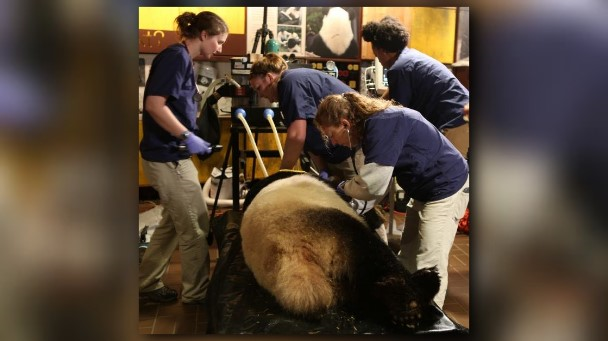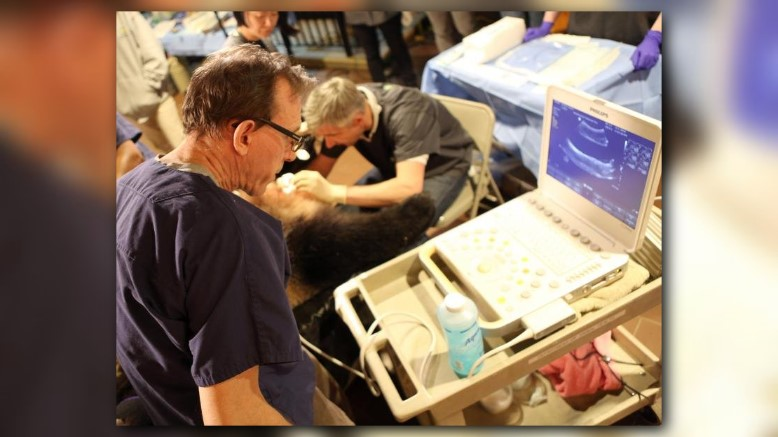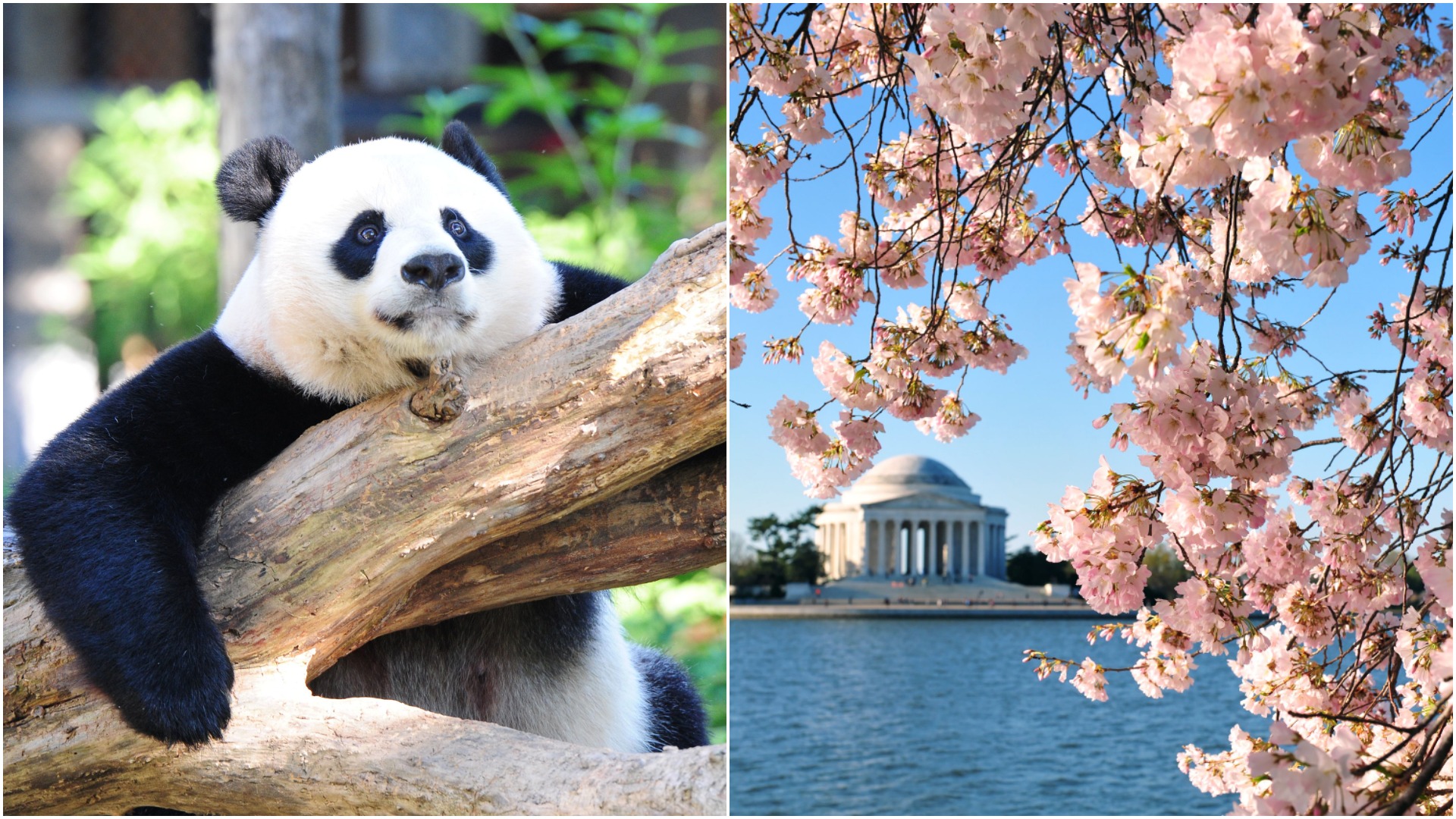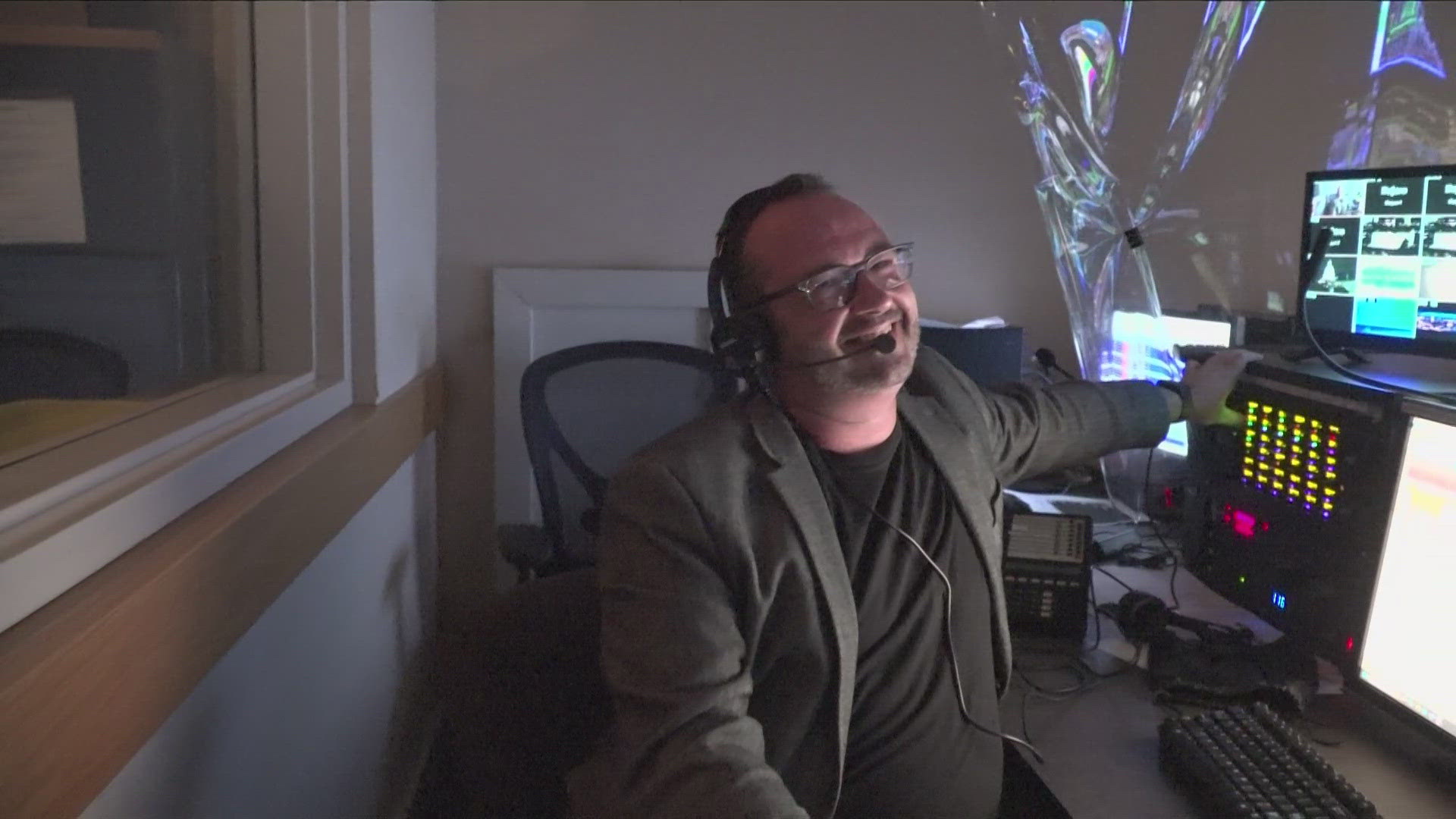Non-D.C. area residents just don't get it.
Outsiders see the nation's capital as the home of beautiful monuments and political bickering. But inside the District, there are two things that really make us happy every year. Two things that unite us and let us forget about what's happening on Capitol Hill.
And on March 1, those two beacons of hope and happiness collided.
Cherry blossoms and a potential panda pregnancy.
We’re not sure Washingtonians can handle all this excitement.
The National Zoo announced Thursday they’ve artificially inseminated giant panda Mei Xiang in the afternoon.
She had been showing behavior and hormonal signs that she was ready to breed. On Feb. 28, Mei Xiang’s estrogen levels peaked, meaning she was able to become pregnant.

“Over the next few months, the team will continue to monitor her closely. Hopefully, we will have a healthy cub and celebrate another conservation success for the Zoo and this vulnerable species,” said Steve Monfort, Acting Director of Smithsonian's National Zoo.
But Mei Xiang wasn’t the only one feeling the love. Male panda Tian Tian noticed her restlessness and indicated to vets that he was ready to breed as well.
Even though they were showing interest in each other, panda keepers didn’t want to take a chance.
Female pandas only reach these hormone levels for 24 to 72 hours each year. So the panda team moved in to help Mother Nature along.
That’s just one way pandas are finicky.

Females also have a tendency to develop pseudopregnancies. It’s possible that Mei Xiang’s hormones and behavior will mimic a real pregnancy, even though there’s no panda cub inside. These pseudopregnancies can last between three and six months.
The only way to tell for sure whether she’s pregnancy is through an ultrasound.
Lest you forget D.C., Mei Xiang just put us through this baby drama last Summer.
The panda team will continue to monitor Mei Xiang for any sign that D.C. can go into full-blown Pandamonium.
In the meantime, Washingtonians can look forward to one of our other great passions—the cherry blossoms!
Earlier Thursday, the National Park Service announced the peak bloom days are March 27 through March 31.
This is when we can expect 70 percent of the Yoshino cherry trees around the Tidal Basin to showing off those gorgeous pink hues.
Once peak bloom is reached, the blossoms can remain on the trees from four to 10 days.


